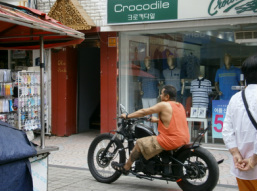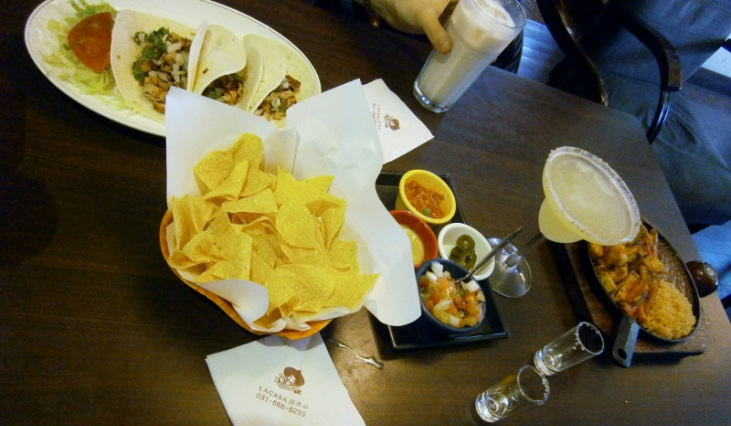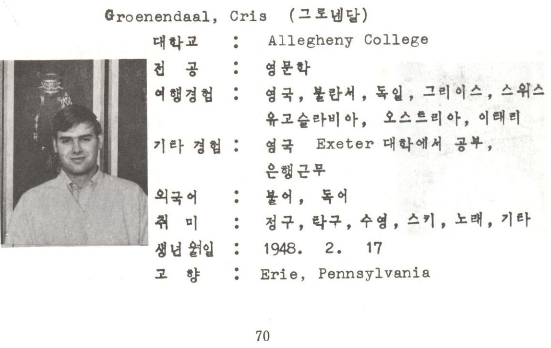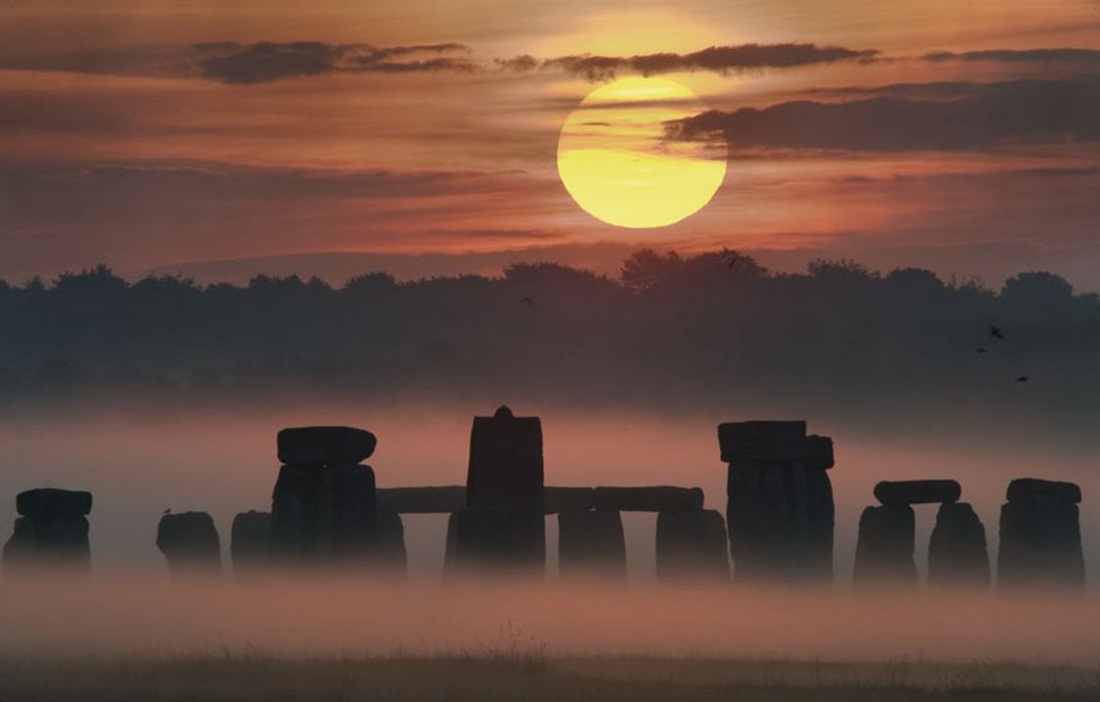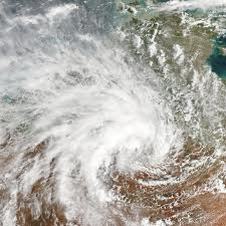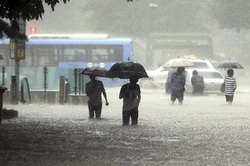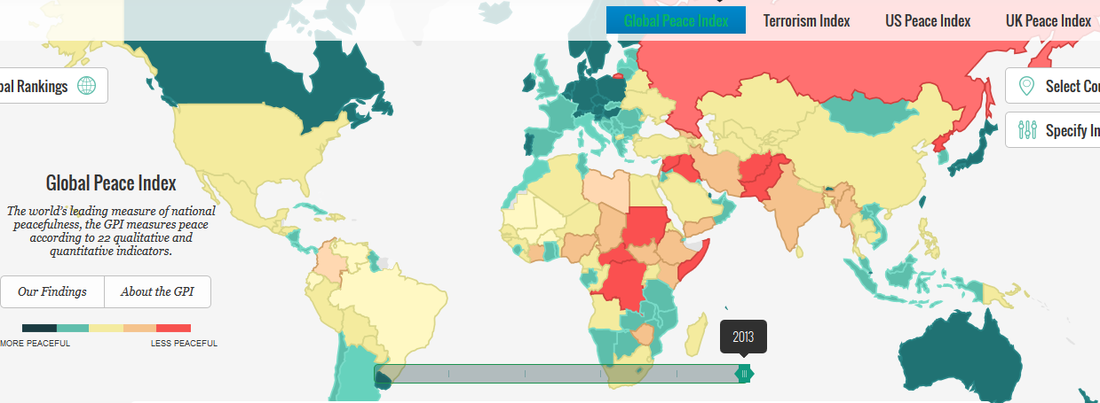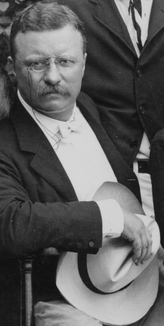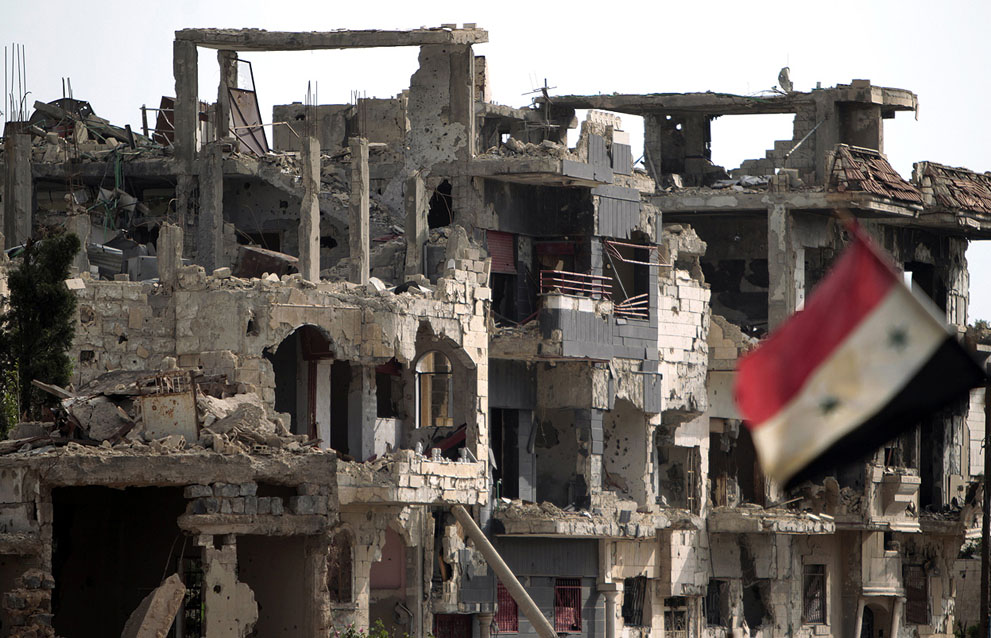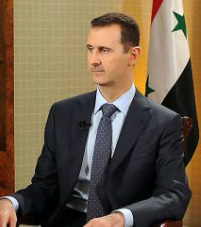Writing
post-75 last week got me to thinking again about the company at which I worked for the better part of 2008. It was called (in abbreviation, to avoid this being easily searchable), D’berry. I lived in Arlington, Virginia (my place of birth). D’berry’s main office building, where I worked, was a fair distance away to the west.
D’berry was a great place to work. I was sad to leave. I liked the work, and they treated us well. Something has made me, over these past days, think about the commute I had then, five years ago (which was similar to the commute I had to/from my university, a bit further off to the west). The commute to or from work was 45 minutes at the very speediest. Coming home, though, I usually took longer than 45 minutes, by my own choice. I will explain below.
For getting to work (by 8 AM), the need to make haste most often compelled me to use the subway. Getting home, I had more options, not being pressed for time. There were three different ways I’d get home, involving some combination of bus, subway, and walking.
 A DC-area Metrobus as I remember them. (Found online)
A DC-area Metrobus as I remember them. (Found online)
(1) Bus All the Way. A bus that headed towards my home area was supposed to stop right in front of the D’berry building at 5:12 PM, I think it was, which was right after the quitting time of 5:00 PM. Upsides: The bus was cheap ($1.35 one-way in those days), it offered a better chance for a seat than the subway, and it also dropped-off nearer to my home than the subway did. Downsides: In my several years riding Metrobuses in Northern Virginia, I never quite felt quite at ease or, frankly, safe on them (whereas in Korea I’ve never felt unsafe on a bus). In those years, I witnessed many disturbing incidents/people on Metrobuses. More practically, Metrobuses were not reliably on time, in my experience: Occasionally they were very late; other times early, resulting in my seeing the bus whiz past as I was still walking to the bus-stop. Every so often, a bus just didn’t come at all. It was slower than the subway, potentially much slower due to the occasional bus lateness. / In those days, my biggest reason for riding the bus was the money it saved over the alternative of taking daily rush-hour subway trips. In the Washington DC regional urban rail system (subway/”Metro”) fares are higher at peak travel times (“rush hour”). In those days, peak-time fares could reach up to $5.00 for a long one-way trip, I think. That adds up! / The temptation of being able to limit transportation-cost, to and from work, to $13.50 a week ($1.35 x 10 weekly trips), was high, despite all the negatives.
 The East Falls Church Station platform,
The East Falls Church Station platform,
much as I remember it. (Found online)
(2) Bus–>Metro–>Walk. Rather than catching a bus and riding it all the way home (#1 above), I could catch a different bus headed to the nearest Metro station, then ride the Metro, then walk home. The only question was which Metro station to get off at: East Falls Church or Ballston.
East Falls Church was 40-minutes away from home on foot.
Ballston was a lot closer, only 20 minutes’ walk from home. I often chose to get off at East Falls Church, though. My reasoning was that the 40-minute walk was very pleasant. That walk mostly followed the
W&OD Bike Trail, which is a slab of pavement for bikes and pedestrians, surrounded by parkland. No cars to be seen. W&OD was built over an old railroad bed. Oh, I loved walking that trail. Conversely, walking from Ballston involved noisy and hectic streets. Still interesting, in a way, but not as pleasant. Going via Ballston also meant having to deal with the Ballston Station exit area itself, a place I had developed a distaste for in my experiences there in the mid-2000s. (I was pleased the day I realized I could bypass it by exiting the subway station via a seldom-used elevator off to one side.) / Getting off at East Falls Church
also had an economic incentive: Metrorail fares were based on distance traveled, and getting off at East Falls Church was 75 cents cheaper than riding one more stop to Ballston. I got home 17 minutes later if I chose the East Falls Church route (20 minutes more on foot, but three minutes fewer in the subway). Was [75 cents] + [the chance for a pleasant walk] worth 17 minutes of my time? At the time, I thought so.
 The W&OD Trail, as I remember it. (Found here)
The W&OD Trail, as I remember it. (Found here)
(3) Walk–>Metro–>Walk. This is the same as #2 above, except that I would walk from my workplace to the Metro station, rather than get a bus there. You might think I’d do this only if I’d just missed the bus that went to the train station. Sometimes that was the reason. More often, though, I’d use this “all walking plus train” route if I was feeling impetuous, if the weather was good, and if I’d had a good day at work, which was often. It made me feel free and alive. / The 20-minute walk through the dense-suburban, traffic-filled roads near my workplace was not particularly pleasant, but still interesting for its own sake. I discovered lots of fascinating nooks and crannies out there via my walking in that area. If I also went the East Falls Church route, on the third leg of my homeward journey, it’d amount to quite a lot of walking, which was often the point. Method #3, as I say, is the one I favored when I was in the best mood.
___________________________________________________________________________
My dad would sometimes point out to me, when I was young, that life is full of adventures to be had. All you have to do is seek them out. My sister always understood this better than I did.
To paraphrase somebody else, maybe “90% of adventure is just showing up”. I had various justifications at the time (as I’ve tried to describe above) for my decision(s) to deliberately take longer “commutes”. One of my justifications was that I was following the spirit of my father’s general advice, on everyday-“adventure”. Why rush home as quickly as possible? Is home so exciting? Does he who spends most time at home win? Why not make the commute a mini-adventure in itself? Commute-as-“adventure” is how I looked at things in the mid-2000s. Walking back from East Falls Church Station was a small adventure. Riding the bus was, too, even if not necessarily a pleasant adventure. Who said adventures had to be pleasant, though?







